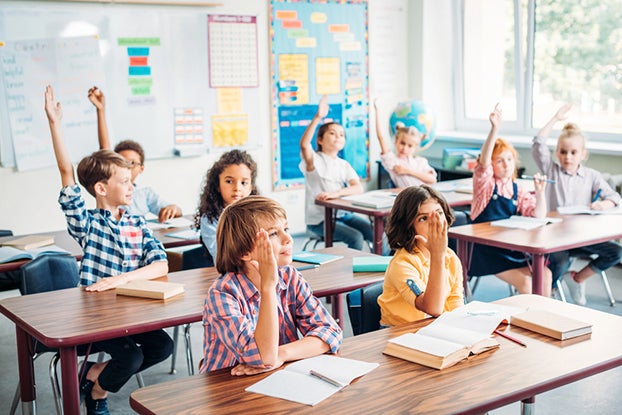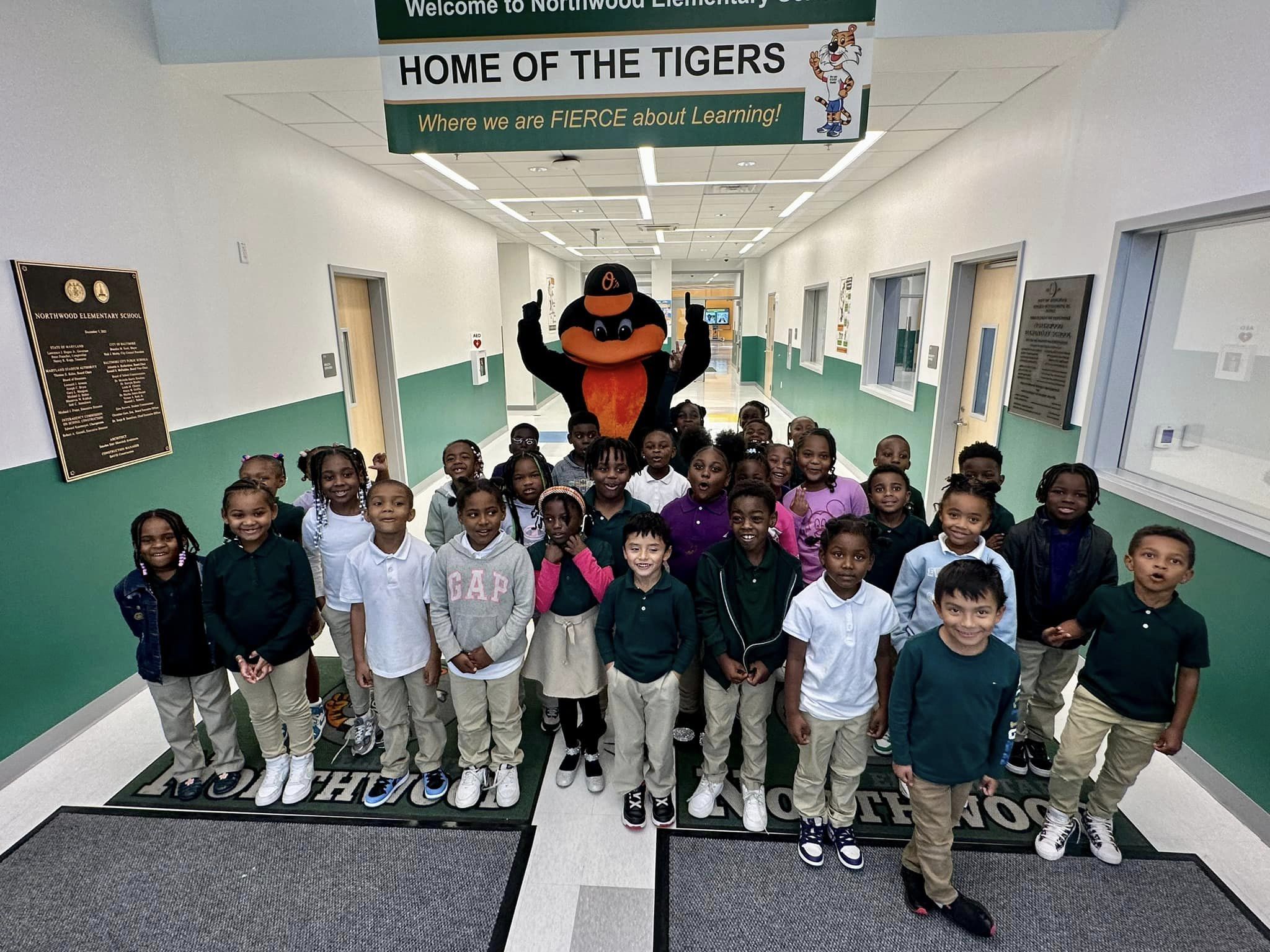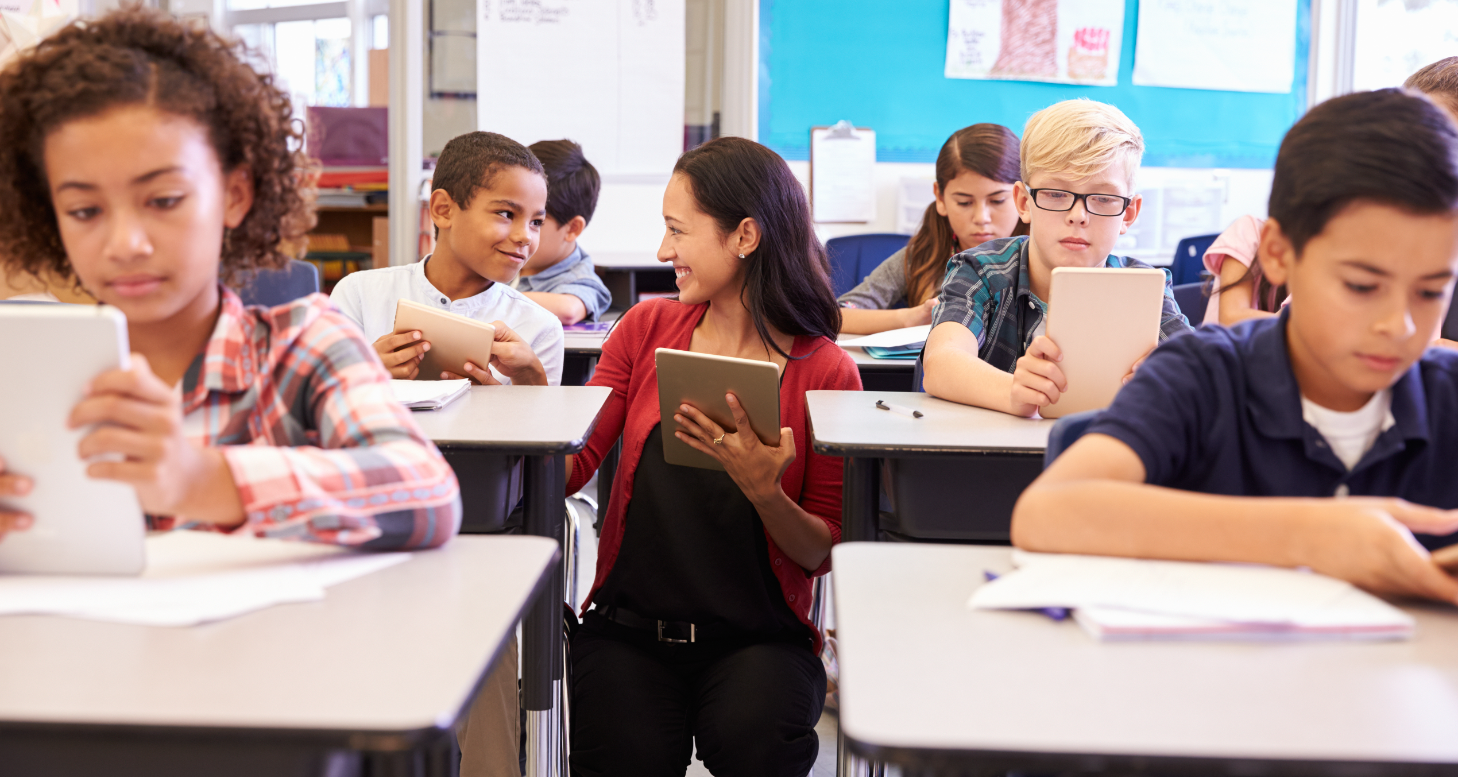Innovative Learning Activities in Preschool: Enhancing Abilities Via Play and Communication
Imaginative discovering activities in preschool offer as foundational experiences for young students (Kindergarten). These tasks urge skill growth through lively engagement and social interaction. Kids explore their imagination, boost interaction, and find out valuable social abilities. Each experience adds to their growth in special ways. Comprehending how these activities shape early development discloses the profound effect of play in education. What details elements make these experiences so efficient in supporting all-round individuals?
The Duty of Play in Early Childhood Development
While many may take too lightly the relevance of play, it offers as a fundamental element of very early childhood growth. With play, youngsters explore their atmospheres, foster social skills, and establish cognitive capacities. Engaging in unstructured activities permits them to utilize their creativity, experiment with analytic, and boost their crucial thinking abilities. Additionally, play offers a safe area for psychological expression, allowing kids to browse their sensations and build resilience.
In addition, play urges physical advancement as kids participate in activities that boost their electric motor abilities and coordination. Communication with peers during play promotes synergy and communication, laying the groundwork for future relationships. Private School. Educators and parents recognize that play is not merely an activity yet an important element of knowing, forming a youngster's ability to prosper and adapt in different circumstances. Ultimately, play enhances kids's lives, preparing them for the difficulties of the future while promoting a long-lasting love for discovering
Innovative Arts and Crafts: Stimulating Imagination
Imaginative arts and crafts play a considerable function in igniting youngsters's creativities and boosting their creative skills. These tasks urge self-expression via numerous mediums, such as paint, drawing, and sculpting. By participating in hands-on tasks, children find out to control products, fostering fine electric motor skills and hand-eye sychronisation.
In addition, imaginative arts supply a platform for analytic and vital reasoning, as children check out various techniques and techniques to their creations. This expedition allows them to experiment, choose, and pick up from their experiences.
Collaboration is one more vital facet, as children usually work together on group projects, sharing sources and concepts. This communication not only constructs social abilities however additionally supports a feeling of neighborhood. Inevitably, creative arts and crafts work as necessary devices in a kindergarten setup, promoting cognitive, emotional, and social development while sparking the innate inquisitiveness and creative imagination of young learners.
Interactive Narration: Structure Language Skills
Interactive storytelling acts as a powerful device for developing language abilities in kids, as it involves them in the narrative process and motivates energetic involvement. Through storytelling sessions, children are invited to pay attention, react, and also contribute to the unraveling story. This interactive format supports vocabulary advancement by subjecting them to new words in context.
As they participate, children exercise essential communication abilities, such as expression and expression. They discover to sequence occasions, determine characters, and understand the plot, view promoting important thinking. Additionally, interactive narration usually includes aesthetic aids, audio results, and props, which better improve engagement and understanding.
When kids share their very own stories, they experience a feeling of company and imagination, reinforcing their language abilities in an encouraging environment. Ultimately, interactive storytelling cultivates a love for language and literary works, setting a strong foundation for their future academic success.
Hands-On Science Experiments: Encouraging Query
Hands-on science experiments supply young students with indispensable chances to discover and make inquiries concerning the world around them. Engaging in easy, interactive experiments enables kindergarteners to ask concerns, make predictions, and observe results firsthand. These activities stimulate inquisitiveness and foster a sense of marvel, encouraging children to examine the homes of products, reactions, and natural phenomena.
Experiments such as planting seeds or mixing baking soft drink and vinegar not just illustrate clinical principles yet additionally boost critical assuming skills. Kids discover to document their observations, advertising literacy and numeracy as they gauge, contrast, and document data. Additionally, hands-on scientific research fosters a development way of thinking, mentor resilience as they navigate obstacles and find out from errors.

Collaborative Games: Promoting Teamwork and Social Skills
Participating in joint video games provides kindergarteners an unique platform to create team effort and social abilities while improving the inquiry-based learning cultivated by hands-on scientific research experiments (Grade School Peoria). These games encourage youngsters to work with each other towards common objectives, promoting communication and collaboration. As they browse different difficulties, they learn to share obligations, negotiate roles, and solve disputes-- necessary elements of efficient team effort
Via structured tasks such as group challenges, relay races, or cooperative storytelling, children not just enhance their social interactions but additionally enhance their psychological intelligence. They gain insights into empathy and assistance, learning that each child's payment is important. Additionally, these collaborative experiences foster a feeling of community within the class, producing bonds that prolong past specific play. By incorporating collaborative video games into the educational program, instructors can prepare for crucial life abilities that will certainly benefit youngsters in their future educational and social atmospheres.
Often Asked Inquiries
How Can Parents Assistance Creative Discovering in your home?
Moms and dads can support innovative knowing at home by providing diverse products, urging expedition, taking part in imaginative play, asking open-ended concerns, and promoting a safe setting where children really feel free to share their ideas and creativity.

What Products Are Ideal for Arts and Crafts Activities?
A range of products boost arts and crafts activities, including construction paper, scissors, adhesive, markers, paints, and recycled items. These resources motivate creativity and enable youngsters to discover their creative imagination through hands-on experiences.
How Do Educators Assess Children's Creative thinking?
Teachers examine children's creative thinking with observations, profiles of job, and open-ended jobs that urge self-expression. They evaluate analytical abilities, creativity, and readiness to experiment, giving insights right into each child's one-of-a-kind innovative development and abilities.
What Are Some Examples of Outdoor Creative Activities?

Just How Can Social Styles Be Integrated Into Creative Discovering?
Social motifs click for source can be incorporated into creative learning by incorporating varied tales, songs, art, and practices, encouraging kids to check out and celebrate different backgrounds, fostering inclusivity and understanding while boosting their creative thinking and cognitive abilities.
Kids explore their creative thinking, improve communication, and learn valuable social abilities. Via play, kids explore their settings, foster social abilities, and develop cognitive abilities. Furthermore, play encourages physical growth as kids engage in tasks that enhance their motor skills and control. Innovative arts and crafts play a considerable duty in sparking children's imaginations and improving their imaginative abilities. Interactive narration serves as an effective tool for constructing language skills in young youngsters, as it involves them in the narrative process and motivates active involvement.